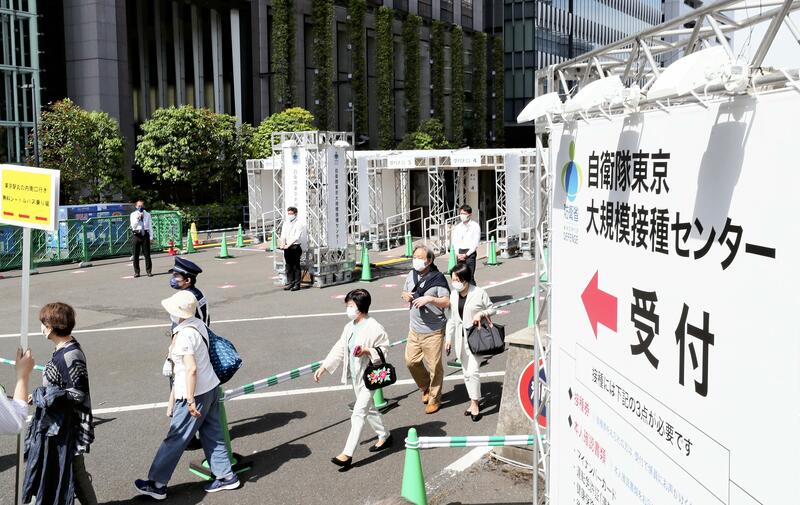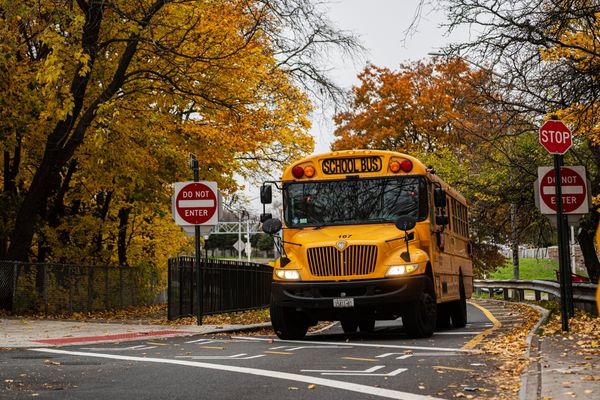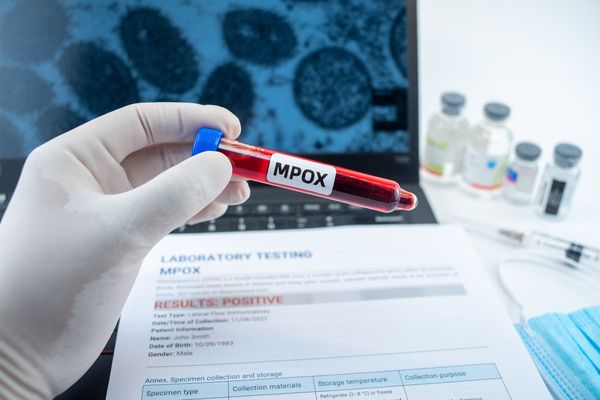
The government is employing every possible means to speed up vaccinations against COVID-19, including opening mass vaccination centers in Tokyo and Osaka. Vaccine doses and inoculation venues are being readied, but it is still uncertain whether enough staff can be secured to administer the shots.
-- Suga confident
"I'm relieved to see Self-Defense Forces personnel vaccinating people in a well-organized manner. The elderly people who'd been vaccinated seemed to be relieved, which made a strong impression on me," Prime Minister Yoshihide Suga said to reporters after visiting the mass vaccination center in the Otemachi district of Tokyo on Monday.
Suga aims to have vaccinations for elderly people aged 65 or older finished by the end of July. With about 70 days remaining until the deadline, the government has set a target of administering shots to 1 million people per day.
Of the about 36 million elderly people in the country, about 9 million, or one-fourth, are concentrated in Tokyo and the prefectures of Saitama, Chiba and Kanagawa. To achieve the daily target of 1 million shots, more than 250,000 shots would have to be administered each day in Tokyo and these three prefectures alone. The state-run mass vaccination center in Tokyo is capable of vaccinating a maximum of 10,000 people per day, and it is meant to support overall vaccination rollout efforts in the Tokyo metropolitan area, according to a senior government official.
The other state-run vaccination center in Osaka aims to administer shots to 5,000 people per day.
-- Avoiding confusion
The state-run mass vaccination centers are administering the vaccine produced by U.S.-based Moderna Inc. Forty million doses of the Moderna vaccine for 20 million people are expected to arrive in Japan by the end of June.
More and more prefectures are opening their own vaccination venues using the Moderna vaccine. At a press conference held Monday, Chief Cabinet Secretary Katsunobu Kato said that the government would provide financial assistance for such expenditures as usage fees or rent for vaccination venues and the purchase of necessary equipment. In the future, the government hopes to use the Moderna vaccine for vaccinations at company clinics.
Municipalities are using the vaccine made by U.S.-based Pfizer Inc. As there are differences between the two, such as the interval between doses and the necessary storage methods, the government plans to separate the "Moderna route" from the "Pfizer route" conducted by municipalities, to prevent confusion.
Another benefit of this plan is that, if the two kinds of vaccines are used separately, there will be no adverse effect on the vaccination plans devised by municipalities. Municipalities are supposed to receive sufficient doses of the Pfizer vaccine to administer two shots to all their elderly population.
-- Competition over staff
If more vaccination opportunities are provided by the central and prefectural governments and others, the overall pace of shots is expected to pick up. After finishing vaccinations for the elderly, municipalities will start to vaccinate people with pre-existing conditions and members of the general public.
"Some municipalities will move to the next phase fairly quickly," said Taro Kono, the minister in charge of administrative and regulatory reform as well as vaccination, expressing his expectations.
However, government estimates show that 7.2% of all municipalities across the nation are unlikely to finish vaccinating elderly people by the end of July. A Yomiuri Shimbun survey found that out of 71 municipalities, including ordinance-designated cities and prefectural capitals, about 30% are facing a shortage of doctors.
As the number of vaccination venues using the Moderna route increases, there could be competition to secure doctors and nurses, according to a source close to the government. To address the shortage of manpower, the government intends to implement a special measure to allow emergency medical technicians to administer shots, in addition to dentists.
The government is also seeking help from pharmacists, through such efforts as conducting medical interviews before vaccinations. Suga met with Japan Pharmaceutical Association President Nobuo Yamamoto at the Prime Minister's Office on Monday and asked him for cooperation, saying: "This is a countrywide effort, so I'd like you to take part. We have to conduct medical interviews before vaccinations."
Yamamoto responded, "We want to help as much as we can."
-- SDF works out problems
The SDF has also examined various measures to smoothly conduct large-scale vaccination.
"I want the SDF to play its role as the last line of defense," Suga said to Defense Minister Nobuo Kishi on April 27, when the third state of emergency was in place.
Aiming to finish administering two shots to elderly people by the end of July, the government focused on Tokyo and six prefectures with massive populations, and decided to deploy SDF personnel in Tokyo and Osaka to accelerate the vaccination rollout.
However, only three weeks were given to prepare before the start of accepting reservations. After that, the goal of vaccinating 15,000 people per day was presented. Some SDF personnel voiced concern, saying that such a target was impossible.
The first thing the SDF did was to compile information on the vaccination venues operated by municipalities across the nation. They discovered that the pre-examination conducted by doctors to check a recipient's physical condition takes about two minutes on average, and estimated that one SDF medical officer would be able to conduct pre-examinations on 30 people per hour.
They also made other estimates, and deemed that they could meet the government's request if they deployed a combined 80 SDF medical officers to vaccination centers in Tokyo and Osaka.
They focused on a number of problems that had occurred during the acceptance of reservations across the country and took measures to address these issues. For example, reservations for the Tokyo and Osaka vaccination centers started being taken two hours apart, so that the SDF website would not go down.
However, as reservations opened on May 17, several problems came to light, such as double bookings between the SDF and municipality venues, and bookings made with fictitious vaccination numbers. "We have no choice but to improve these matters as we go," a senior SDF officer said.
There was no major confusion Monday, the first day of the SDF's vaccinations, partly because the SDF accepted only 7,500 people that day, or just 50 percent of full capacity. "We played it safe," a senior SDF officer said.
The SDF aims to administer shots to 15,000 people from May 31, and the officer said they could barely manage that number.
Municipalities are paying attention to the SDF's methods for operating their mass vaccination centers. Officials from Osaka Prefecture and the city of Osaka, both of which plan to open their own vaccination venues, visited the SDF's Osaka vaccination center and watched practice run-throughs there on May 21.
"We want to learn from the SDF, including how the layout [of the venue] allows it to smoothly guide a large number of vaccination recipients," an Osaka prefectural government official said.
Read more from The Japan News at https://japannews.yomiuri.co.jp/







